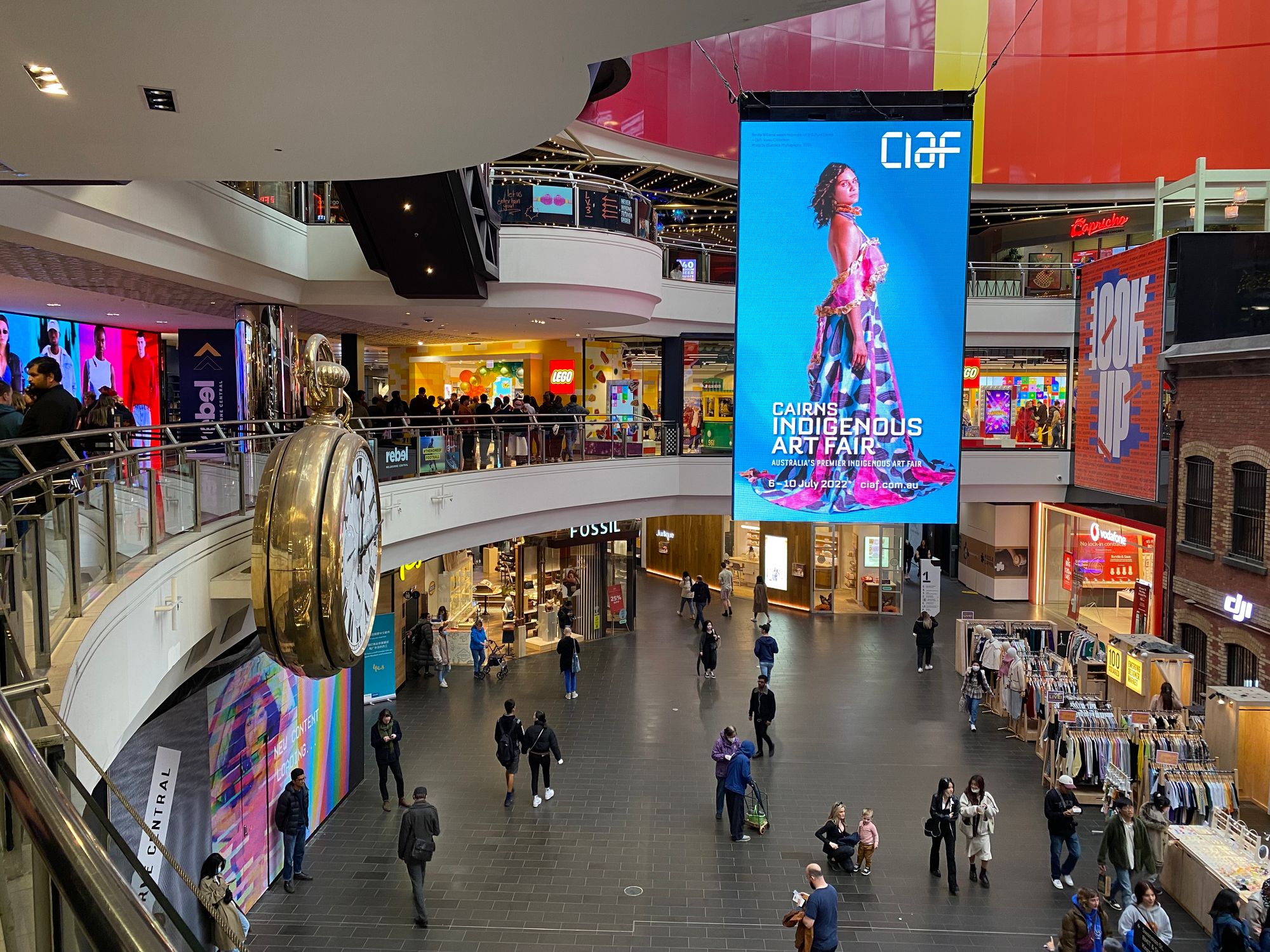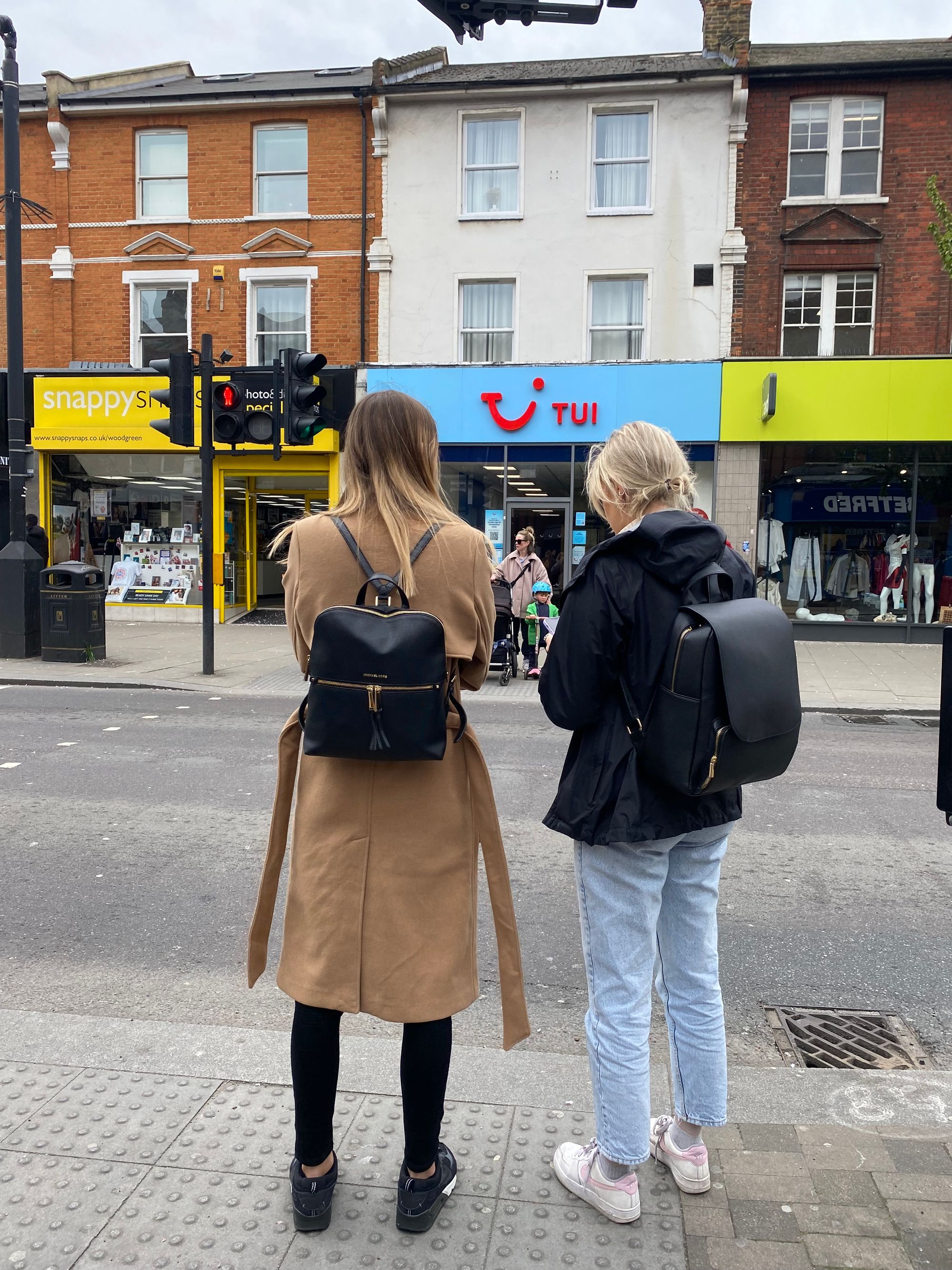The Importance of Site Visits for Location Planners
While data driven insights are essential, site visits are indispensable for Location Planning. Alison interviewed our Location Planners to find out why we do them and 10 top tips that might help you next time.

Site visits: Why bother?
One of the best (and very occasionally the worst) aspects of working in Location Planning is getting out and seeing stores and sites in real life.
We do site visits for a variety of reasons. We conduct surveys, understand trade zones, identify insights to help with model building and to assess potential new locations. Recently some of the UK-based LPPs at GEOLYTIX went out together to test our revenue estimating skills and see some new store developments, which got us thinking about the value of a site visit.
In this blog we:
- Explain why we think it’s still worth doing site visits even when there is so much data around to inform desk-based research (check out our new mobility data products, for example!)
- Share some of the weird and wonderful experiences we’ve had out in the retail world
- Give some top tips for getting the most out of a site visit
So, firstly, why bother going out on site? We can think of a few good reasons:
To validate that the data being used in modelling accurately represent the reality on the ground.
For example, Lucy once found “a new housing development, which played a pivotal role in driving a desktop sales forecast, had no direct vehicle access to a new site being analysed (for a supermarket). The route on the plans had been redirected, this could only have been identified through a site visit, consequently the site was rejected”.
It helps us identify local micro-factors that perhaps aren’t easy to capture with quantitative data, but that are significant in explaining or anticipating likely model errors.
“By talking to a restaurant manager, we were able to find out that ongoing crime/police issues outside the store had been negatively affecting actual sales (vs modelled)” - Imogen
“Which side of the road/highway the store is on and whether it aligns with evening traffic (e.g. for a QSR restaurant, it’s better to capture people commuting home vs. commuting in). Also access within a mall and how this impacts aggregator logistics (e.g. top floor of a mall, not as convenient as competitors on ground floor level)” - Lizzie
It means we can compare and contrast stores belonging to the same chain, and experience them like a customer would.
“It’s good to be able to see the product range in store, and how this varies by store size” - Matt
“The layout of the store and the customer journey around the store, is something you can only really pick up by visiting. If something is awkward to shop a customer may not return to that location (especially if there is a lot of competition)” - Rachel
“Visiting the store of a key competitor, which nationally was a market leader, but in this particular town, they had one of the worst stores imaginable in every respect - from a data point of view it was typical store, but on the ground offered much less competition” - Martin
People watch!
“Where are people coming from / going to, where are the concentrations of people, where are the pedestrian road crossings”
“You can immediately feel the customer profile - whether they are fashionable, trendy, or price sensitive; how different they are from other locations... and then you can compare against the catchment data. You can also watch the potential "brand association" - what's the dynamic of cross shopping among different brands in a shopping centre.” - Coco
To visit alongside a client, or chat to a store manager
“They often have ‘insider’ insights around particular locations that can really help us to understand nuances in store performance, and these really come to life when you visit them together. This is particularly true in overseas markets where we may be less familiar with consumer behaviour and just generally how things work”.
Next, I asked the team to share the best, worst or strangest experiences they’ve had on a site visit. They didn’t disappoint.
“Trying to survey street locations in Melbourne in 45 degree heat was a unique experience. I was also lucky enough to work with Apple in China and conduct site visits on the first day of store openings amid much fanfare” - Matt
“On my first ever site visit as a fresh and innocent little grad I ended up in THE strangest hotel for the night - the hotel had a fridge/ freezer randomly in the corridor, paper thin doors and was freeeezzzinggg - I had to sleep in my coat and hat haha! Safe to say my colleague and I were sleepy the next day! My site visits since have definitely improved since that initiation! - Rachel
“If possible, it is great fun being able to try out in-store experiences for yourselves - these seem to be becoming more and more popular with brands, focusing on the experiential to drive brand awareness, footfall and sales. Myself and Rachel headed to a gym class at the new Gymshark store on Regent Street to really get the full customer experience...see our full write up here!” - Imogen
“In the first year of my site visit life, 90% of the visits would catch a sudden rainfall (not told by weather forecast unfortunately). I got a nickname then called "the rain forecaster". And often I came back with some special souvenir such as an umbrella, or a pair of new shorts.” - Coco
“Stores with few customers always present challenges for a location planner trying to look inconspicuous doing competitor store visits.....with all the store colleagues watching your every move, my worst experiences have been how to explain when challenged, why I'm spending so long going around the entire store but not buying a single thing!” - Martin

Finally, we’ve distilled our collective experience into ten top tips that might help you next time you’re planning some visits:
- Plan to be at the site at peak trading time for the business in question if possible (e.g. lunchtime for a sandwich shop).
- Look out for what bags other shoppers have - a good insight into benchmark brands.
- Act as a mystery shopper. If surveying inside a clothing store, head to the changing rooms to make notes before heading back out to finish the survey.
- Know the length of your stride, then you can count your paces to estimate the size of a shop.
- Be aware of the weather effect. Sunny days can make you more optimistic... or just very sweaty.
- Use Geolytix MAPP if you have it! Especially great for looking at footfall in the location you're visiting.
- Take time to observe shoppers and their movements. Put yourself in the customers' shoes, look at things as a customer would.
- Plan food and coffee stops. Walking or driving around all day requires a lot of energy!
- Chat to people working in the shops, they may have some useful insights.
- Take lots of notes & photos. They can help jog your memory later.
And finally, if you ever have the privilege of going out on a site visit with Coco, take an umbrella!
Alison Moriarty and the Locations Planning team at GEOLYTIX
